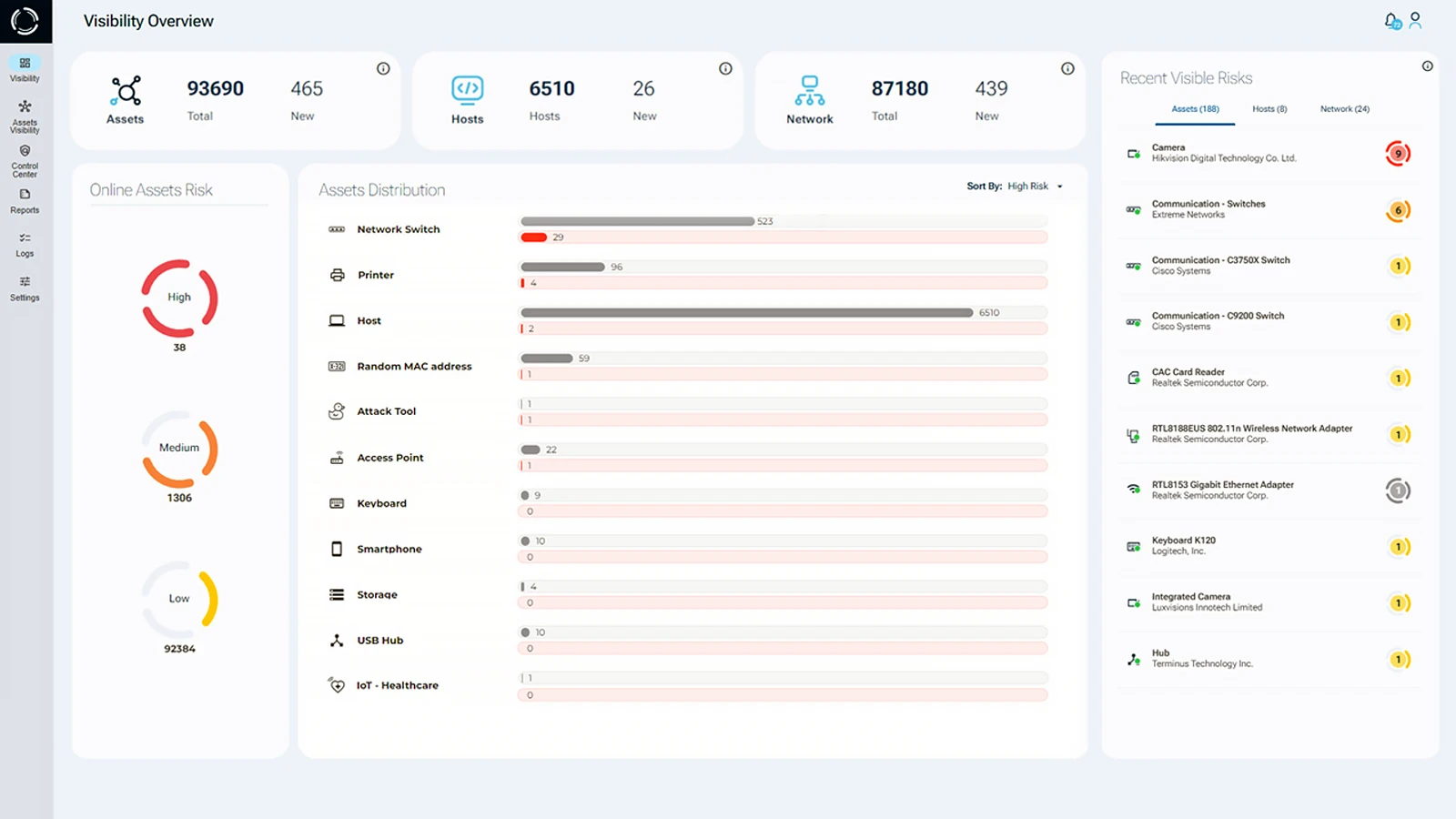Connected Devices
Connected devices, commonly referred to as the Internet of Things (IoT), are physical objects embedded with sensors, software, and communication technologies that enable them to connect and exchange data with other devices or systems over the internet. These devices range from everyday items such as smartphones, wearable devices, and home appliances to industrial machinery and critical infrastructure components. Examples include smart TVs, wireless headphones, self-driving cars, smart thermostats, and even coffee makers. While these connected technologies enhance convenience and efficiency, they also introduce new security risks.
Connected Devices Security Issues
Recently, a security researcher proved that a smart coffee maker can be hacked. The connected device operated as a Wi-Fi access point and established an unencrypted, unsecured connection to a companion app. This vulnerability made it possible for attackers to exploit the coffee maker as an entry point into the network. Imagine the consequences if a seemingly harmless kitchen appliance were used to launch an attack on your router or other or other network-connected devices.
In more perilous incidents, hackers have successfully compromised modern car systems. As automobiles become increasingly connected and software-driven, they offer many benefits, but also introduce significant vulnerabilities. In 2015, two security researchers conducted a controlled test where they remotely hijacked a car over the internet. The results were chilling. While the experiment took place in a controlled setting, it revealed the serious security risks associated with connected systems in modern vehicles. If malicious actors were to exploit similar security vulnerabilities in connected devices in the real world, the consequences could be catastrophic.
This cases highlights the growing need for robust security measures to address the expanding attack surface created by connected devices.
Connected Devices Security Risks
The proliferation of Internet of Things (IoT) devices has led to the emergence of smart homes, cities, and industries, where connected devices communicate to automate tasks and improve efficiency. As internet connected devices become more affordable, adoption continues to rise. If this trend continues, it’s predicted that by 2030, each person will own approximately 15 IoT devices.
However, this widespread adoption introduces significant security challenges, including:
- More Access Points: Every connected device creates an additional potential entry point for attackers to exploit.
- Data Breaches: Compromised devices can leak sensitive data, resulting in severe privacy and security incidents.
- Unauthorized Access: Weak or default authentication mechanisms can allow threat actors to take control of devices remotely.
- Lack of Monitoring: As the number of connected devices grows, maintaining visibility and control over them becomes increasingly difficult.
- Hardware-Based Attacks: Traditional cybersecurity solutions often overlook threats originating from rogue devices or malicious hardware implants.
The growing trend of connected devices introduces more access points for bad actors, a major concern in IoT security. With this comes the increasing need to monitor and manage a larger number of connected devices. However, the more devices there are to track, the greater the likelihood that vulnerabilities will go unnoticed.
This is particularly dangerous in an era where hardware-based attacks are becoming more prevalent. Traditional security software is not designed to detect or defend against threats originating from rogue hardware or malicious implants. As a result, organizations can be completely exposed, without any indication that an attack has occurred
Network Attack Tools
Hardware implants have the ability to perform a number of different attacks. Including data theft, malware injection, Distributed Denial of Service (DDoS), Advanced Persistent Threats (APTs), and Man-in-the-Middle (MiTM) attacks, all while remaining virtually undetectable. These hardware attack tools have been in use since at least 2008, initially costing around $20,000. But as such attack methods have become more common, they’ve also become significantly cheaper and easier to deploy. Today, a malicious USB device like the USB Rubber Ducky, can be purchased for as little as $50, a concept know as Bad USB.

As the number of connected devices continues to rise and the barrier to executing hardware attacks lowers, the implications for the future of connected environments are deeply concerning. While technological progress has undeniably transformed our world for the better, we must not ignore the serious security risks it introduces. It is imperative that individuals and organizations take proactive measures to protect themselves to the highest possible degree, ensuring that the many benefits of connected devices can be safely and fully realized.
Securing Network Connected Devices
Sepio’s trafficless CPS Protection Platform, offers unmatched visibility and control over all IT, OT, IoT, connected and peripheral devices. By leveraging physical layer data, Sepio detects and mitigates risks in real time, without relying on network traffic.
Through Asset DNA, the platform delivers accurate profiling of every asset, eliminating false positives and offering trusted, holistic visibility into Cyber Physical Systems (CPS). Sepio assigns dynamic risk scores to help prioritize connected devices security threats, enhance compliance, and accelerate response.
Organizations gain granular policy control to automate threat mitigation, seamlessly integrating with NAC, SOAR, and other tools. Sepio’s scalable, lightweight architecture ensures low overhead and rapid deployment, transforming asset risk management with precision, speed, and efficiency.

Take Action to Secure your Network
Safeguard your enterprise from the increasing risks associated with connected devices. Enhance your IoT security, protect your critical infrastructure, and leverage Sepio’s patented technology to manage your security risks effectively.
See every known and shadow asset. Prioritize and mitigate risks.
Talk to an expert. It will help you understand how to use Sepio’s patented technology to gain control of your asset risks.






